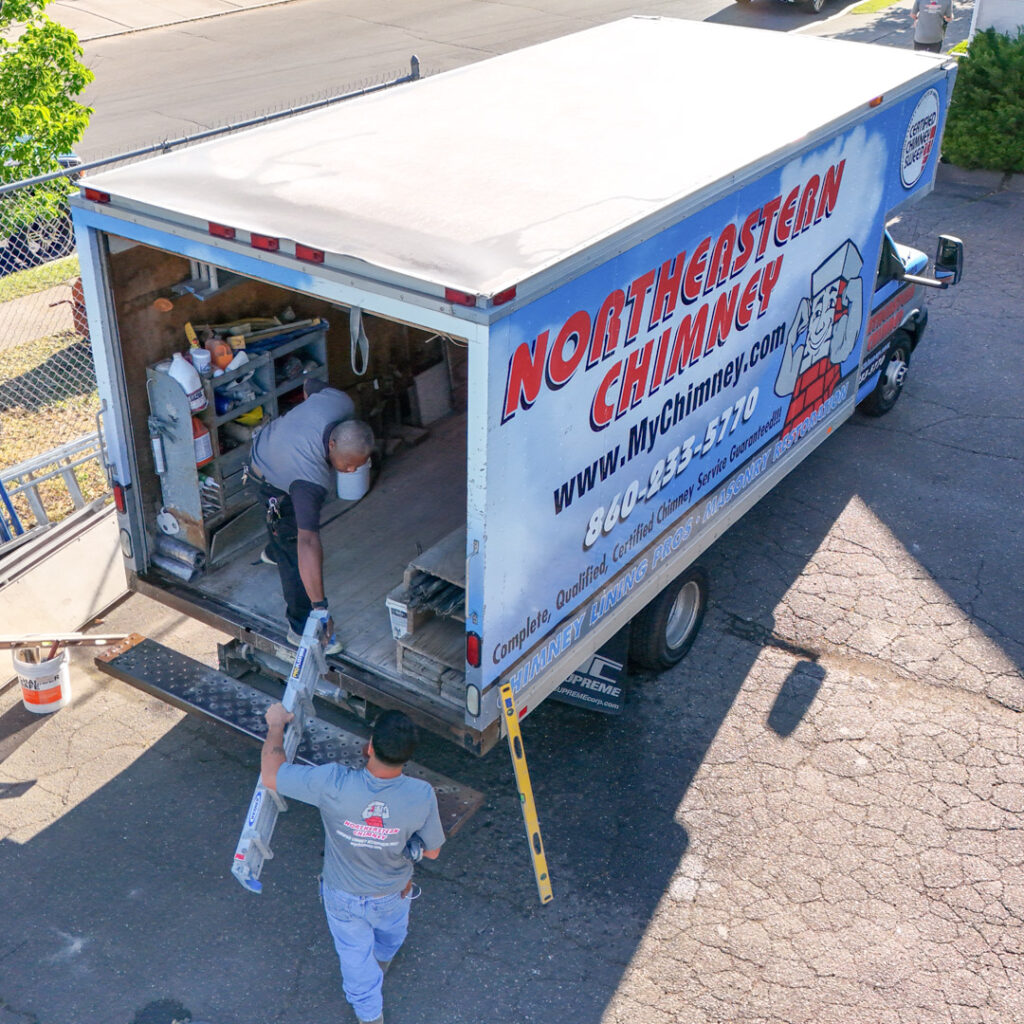The History of Furnace Vents: From Coal Chutes to High-Efficiency Systems
From the beginning of time, folks had to be creative to keep warm. Over the years, home heating has progressed from fireplaces to coal chutes, fueling gravity furnaces, to the high-efficiency systems we see today.
The evolution of venting technology has continually improved safety, comfort, and energy performance. It has become a science of heat management and engineering for the development of these highly efficient systems.

Let us take a look at the development of the furnace.
Through The Ages:
- In 1742, Benjamin Franklin invented the cast-iron stove. This had become the prototype for the furnace that we see today.
- In 1885, wood-burning fireplaces were used in homes for heating. During this time, cast-iron radiators were introduced into the house.
- The first forced-air furnace was not seen until 1935. An electric fan distributed coal-heated air through the home’s ducts.
- Cool Air Conditioning. In the 1920s, cool air began flowing into movie theaters. It wasn’t until 1929 that homeowners experienced this cooling of the air. Frigidaire was the first company to create a small, box-like system that cooled the home. Of course, as new technology develops, the cost is out of reach for most homeowners. This unit also needed an additional condensing unit.
- General Electric was the next to create an in-home, contained room cooler. During 1930-1931, General Electric had 32 prototypes.
- Over time, air conditioners were perfected. They became smaller and more affordable. In 1960, most homes had a small window unit or central air conditioning.
Moving up 30 years, Solar Wall invented solar air heating in 1990. Americans have benefited from solar heating through lower costs, increased comfort, cleaner air, higher home values, greater energy independence, and growing job opportunities.
Through the years, engineers and developers have created safe, efficient systems. With the development of “smart” technology, electronic devices can now remotely regulate home heating and air conditioning.
In Conclusion:
From coal chutes feeding giant gravity furnaces to modern, computer-controlled condensing units, the history of furnace vents reflects the steady development toward cleaner combustion, improved airflow, and greater energy efficiency. What started as a simple opening in the house’s roof has evolved into a sophisticated ventilation system. This maximizes comfort while using as little energy as possible.

Contact our team at Northeastern Chimney for all your chimney, fireplace, and furnace needs.
Schedule your inspection or cleaning soon by calling Northeastern Chimney. We service all of Hartford, Tolland, and Litchfield Counties. All our chimney technicians are trained and qualified. We are active in the National Chimney Sweep Guild (NCSG).
Professionals suggest that an annual Chimney sweep and inspection be conducted. When a problem arises, the best plan is to tackle it as soon as possible. This will cost you much less than if you let the damage to the fireplace and bricks go on too long.
The post The History of Furnace Vents: From Coal Chutes to High-Efficiency Systems appeared first on .
This post first appeared on https://www.mychimney.com